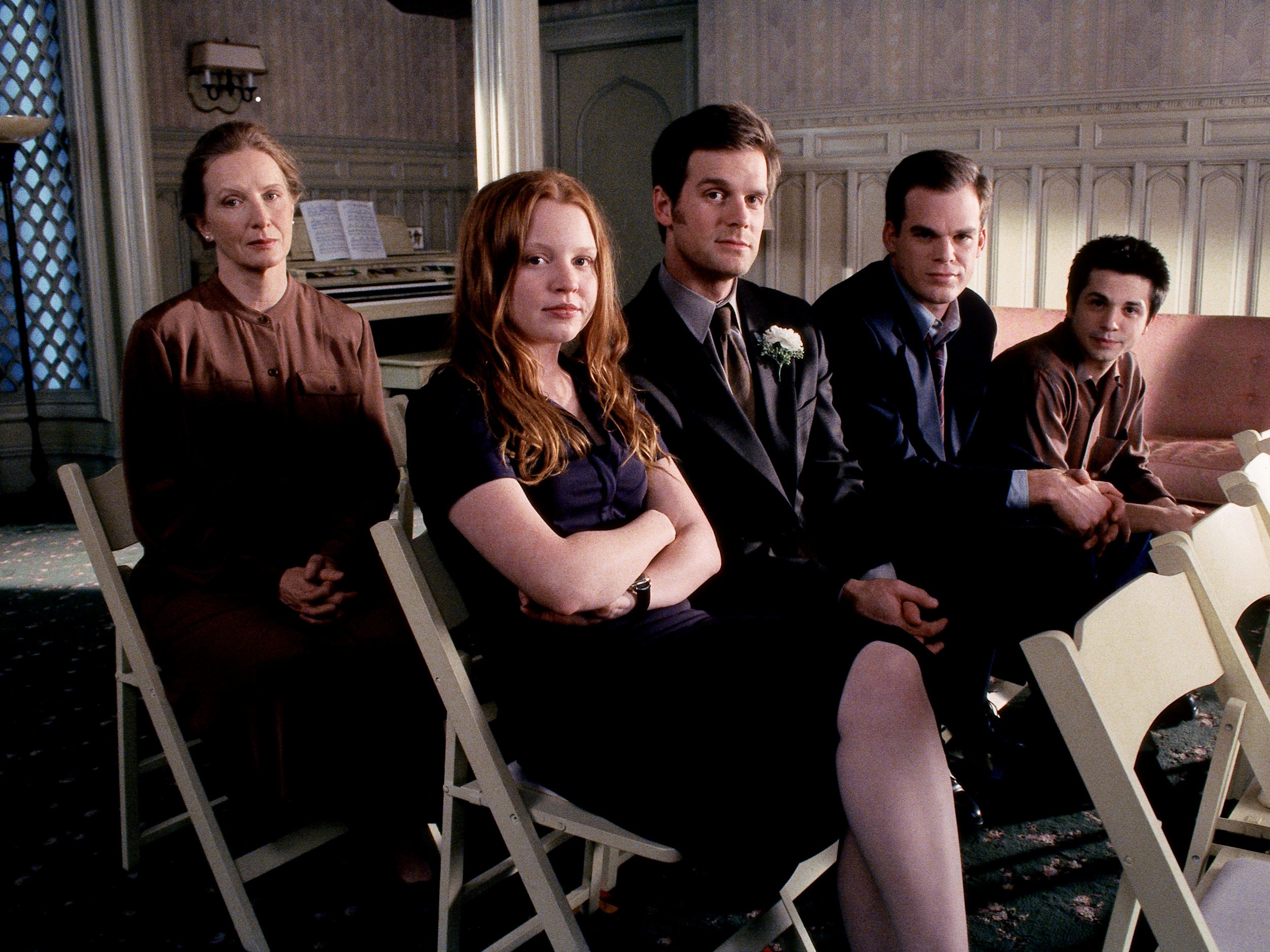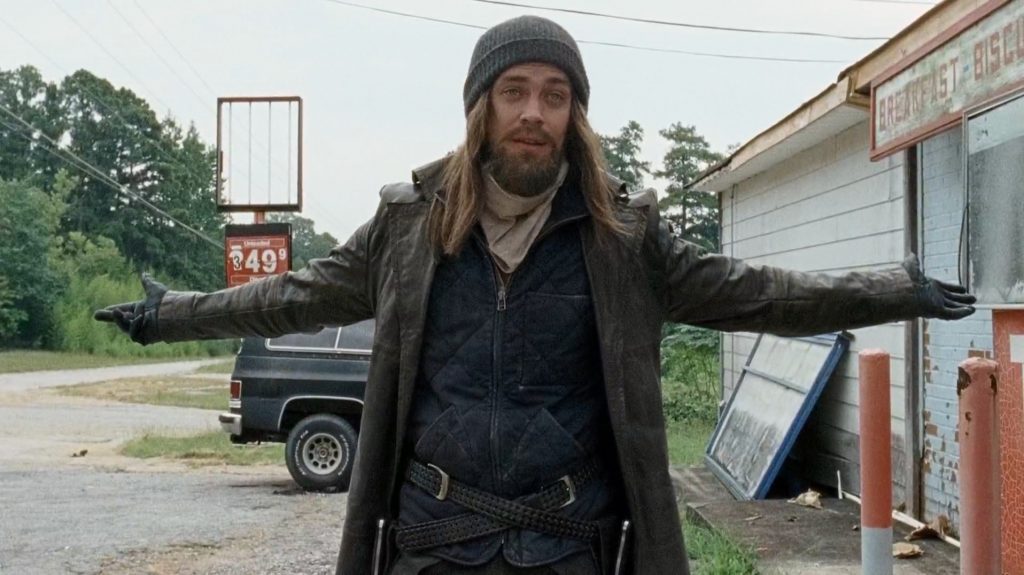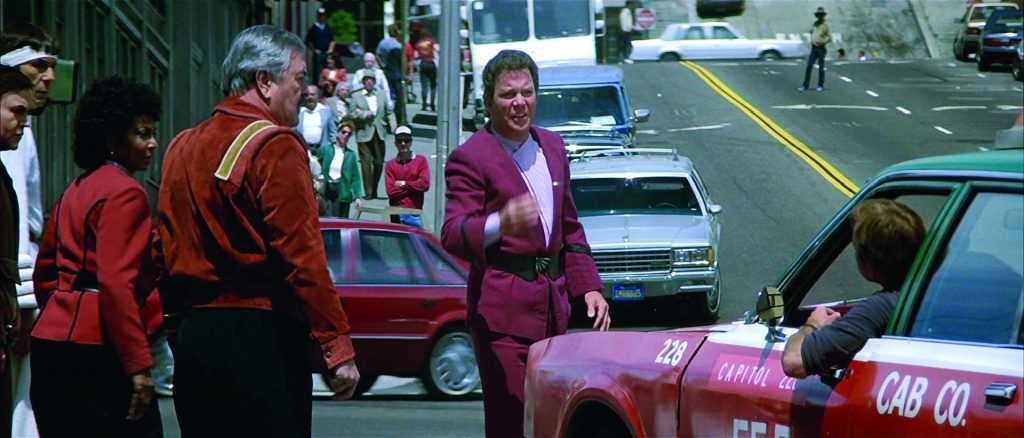By Darren Johnson
Campus News
“Six Feet Under” – a show about a family of morticians that aired on HBO from 2001-2005 – didn’t capture my attention back then.
I mean, I saw a couple of episodes – it was interesting – but I was moving around a good deal, and couldn’t justify paying for HBO. And that show was overshadowed at the time by another HBO show, the mega-popular “The Sopranos,” which holds up great, and even “Sex in the City,” a show that seems horribly dated now. When I did have access to HBO, I mostly was looking for Tony and his New Jersey gang of thugs, not this more nuanced show set in Southern California.
Now, all of these classic HBO shows are on Amazon Instant. You can watch Instant in the same way as Netflix or Hulu; just download the app to your device. I watch via an original Nintendo Wii hooked up to my TV. If you have an Amazon Prime membership, Instant comes free – just log in with your usual information. If you have a .EDU email address, you can get Student Prime for only $50 a year (they also give Student Prime to Faculty/Staff).
 I reviewed “The Sopranos” last semester, after finally being able to marathon watch it. I was amazed at how good the series still seems; and marathon watching it allowed me to catch little details that I’d never have caught watching this live on TV every week. Especially 15 years ago when Zima was still available.
I reviewed “The Sopranos” last semester, after finally being able to marathon watch it. I was amazed at how good the series still seems; and marathon watching it allowed me to catch little details that I’d never have caught watching this live on TV every week. Especially 15 years ago when Zima was still available.
Researching the meaning of “The Sopranos” finale, I found a web post about the “greatest TV finales of all time” and saw “Six Feet Under” mentioned. The person responded that this show helped him recover from the death of a sibling. I figured if a show were that powerful for someone, it may be worth revisiting, and queued it up on Instant.
And, wow, was “Six Feet Under” worth the 63 hours or so I devoted to it – and, yes, the finale was excellent – especially the final montage that shows how each character kicks the bucket.
The Alan Ball-created show introduces us to the Fisher family, which owns Fisher & Sons funeral home in Los Angeles, though only one son, David (Michael C. Hall, later and better known for playing the serial killer “Dexter”), actually cares about mortuary work. He’s also closeted gay. The family patriarch dies in the pilot, and the other son, Nate (Peter Krause), returns and reluctantly rejoins the business. He meets Brenda Chenowith (Rachel Griffiths), a genius-IQ narcissist who easily is one of the least likeable characters ever written for TV, and they have an on/off-again relationship over all five seasons. Ruth Fisher (Frances Conroy), the mother, is fantastically played – all of the performances are stellar, actually – as well as daughter Claire (Lauren Ambrose).
The miracle of this series is that it can show us so many different perspectives – gay, straight, young, old, white, black, Latino, etc., and they all appear genuine.
Now, there’s a lot of sex in this series – especially considering it’s a mortuary show – and much of it is kind of cringe-worthy, but, that said, it may be safe to assume that morticians could have some pent-up sexual desires that present themselves in quirky ways. Or maybe it’s just horny writing. But the show is wise and well researched – and learning about the funeral parlor business model is fascinating. Surely this hasn’t been done before. And we don’t have enough shows/movies dealing with death – we seem to ignore the idea of dying in America – until its too late. But the Fishers can’t avoid death – it’s everywhere around them – and they talk to the ghosts of the departed regularly, a fantastic show gimmick. Another show gimmick that works is starting off each show with the death of some one-time character – often awkwardly – and then we see the intake process for the body and the Fishers’ negotiations for funeral arrangements with the survivors.
If there is a main character, it may be Nate and how he processes his life and the death all around him – including the deaths of people close to him. While Michael C. Hall went on to bigger things, this was the role of a lifetime for the lesser-known Peter Kraus, and he nails it.
Slide your Kleenex across the table and prepare for a 63-hour final journey that certainly has a beginning, middle and an end. And, remember, at the end there is no rewind button. When it’s over, it’s over…







Facebook Comments